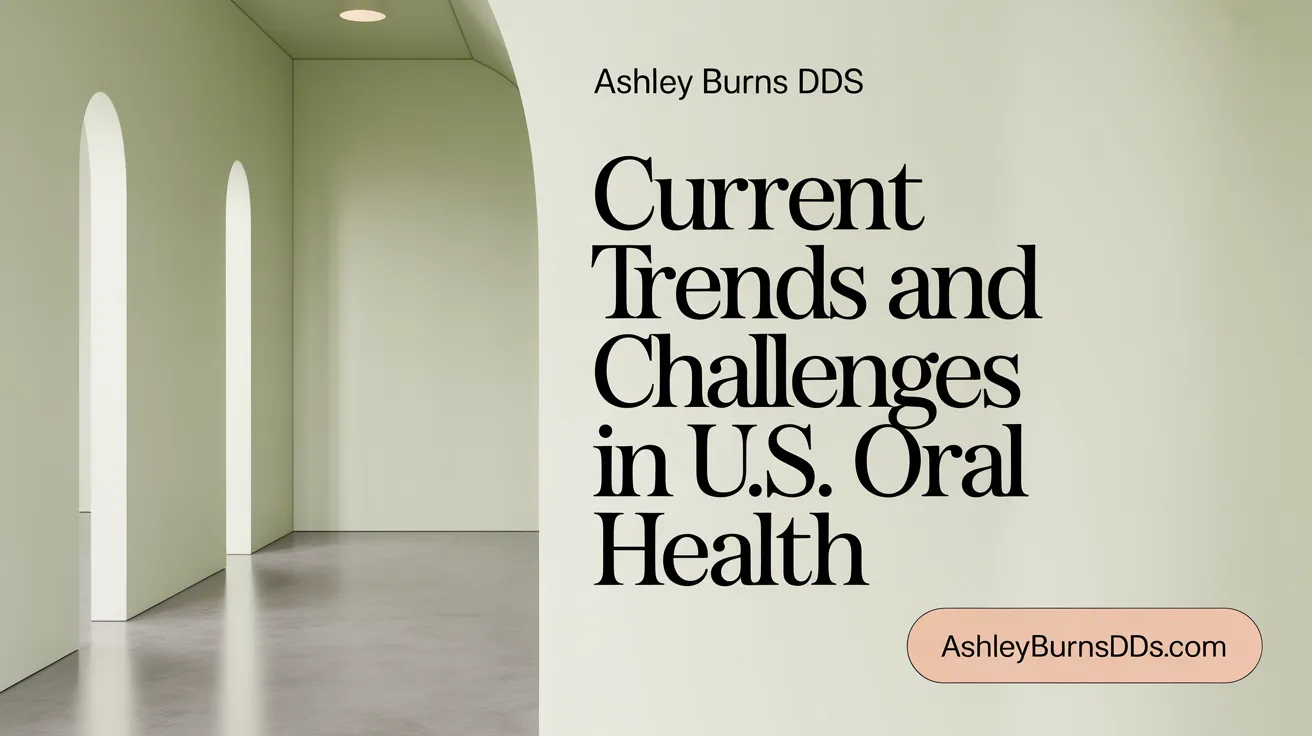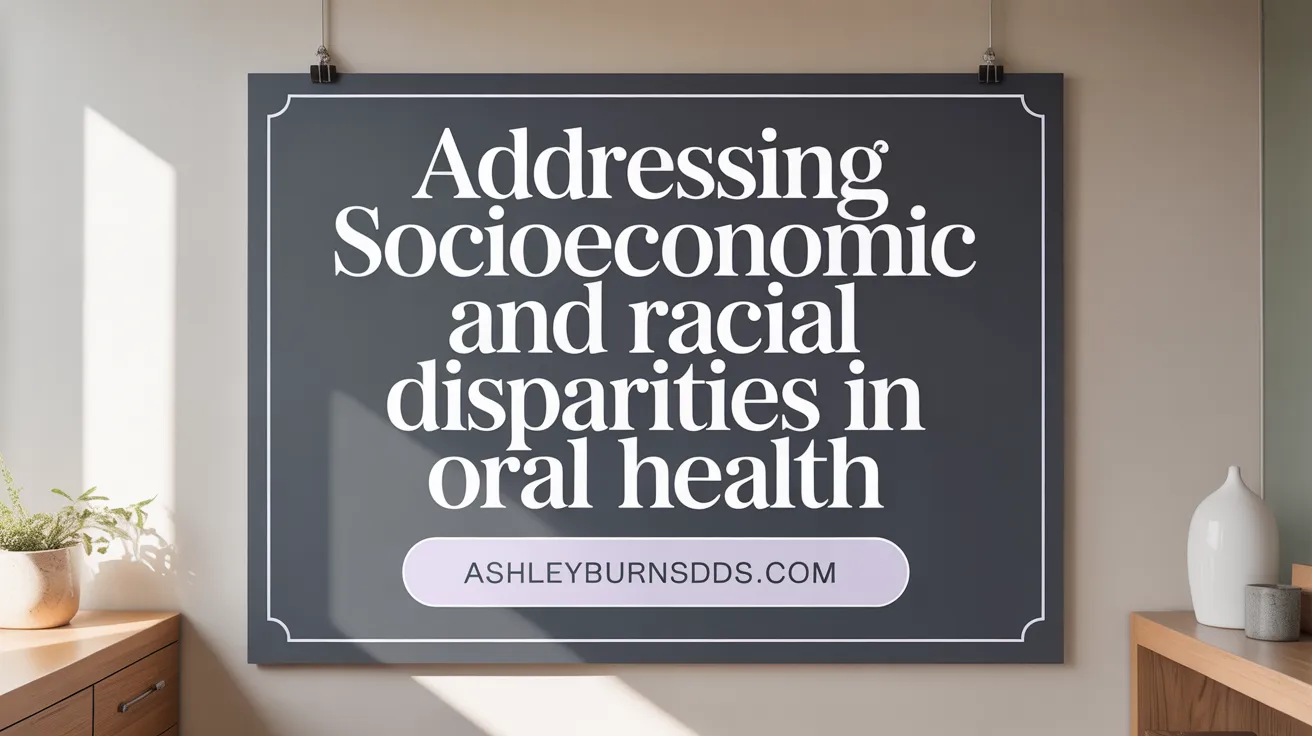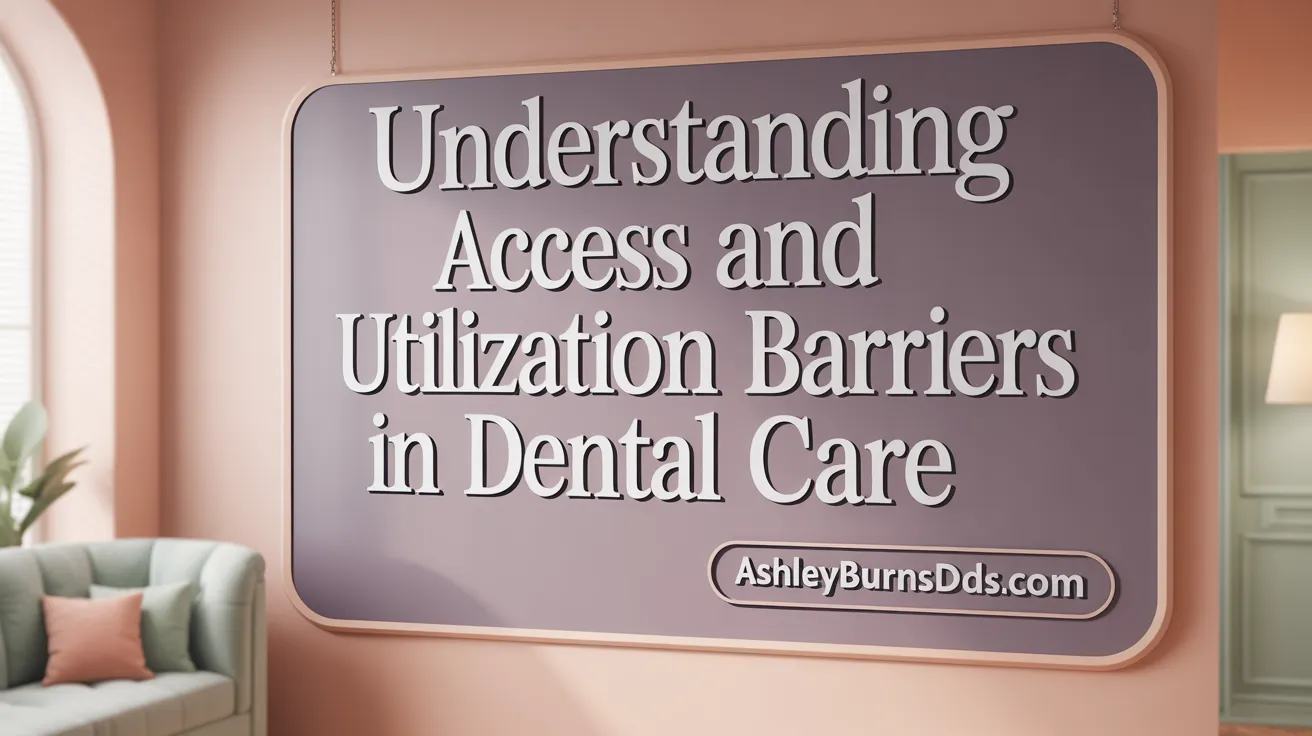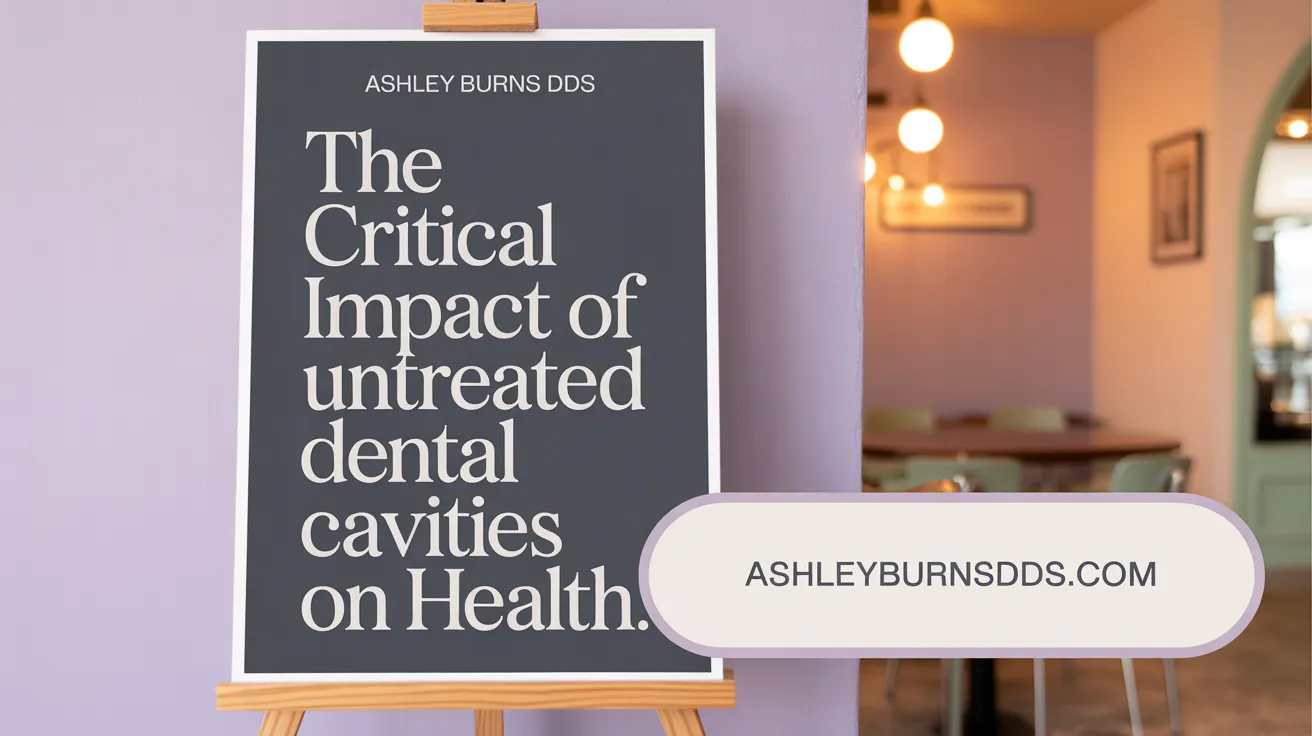A Widespread Oral Health Challenge
Untreated cavities remain a significant public health concern in the United States, affecting millions of adults and contributing to disparities in health outcomes across demographic groups. This article examines the current state of untreated dental caries among U.S. adults, explores disparities in prevalence, discusses associated health impacts, and sheds light on dental care utilization trends. Drawing from authoritative sources including the CDC and national health surveys, the article provides a comprehensive overview of untreated cavities in the adult population and highlights the need for improved access to dental care and preventive measures.
Prevalence and Demographic Disparities of Untreated Cavities in U.S. Adults
What percentage of U.S. adults have untreated dental decay?
Approximately 27% of U.S. adults aged 20 to 64 currently have untreated dental decay, according to recent national surveys. This indicates that more than one in four adults suffers from active cavities that have not been addressed by dental treatment. For detailed statistics, see dental caries in adults aged 20 to 64.
Untreated cavities are a significant public health concern because they can cause pain, infections, and lead to further oral health problems. Despite the availability of preventive measures and healthcare services, many adults do not seek or receive necessary dental care. More information is available in Untreated Cavities in Adults.
What is the prevalence of untreated cavities among U.S. adults?
The rates of untreated cavities vary among different demographic groups. On the national level, about 21% of adults in the 20-64 age range have at least one untreated cavity. Certain populations experience higher rates, highlighting disparities in oral health access and outcomes. See Prevalence of untreated dental caries in U.S. adults for detailed research.
Older adults (65 and above) also face ongoing challenges, with around 20.2% having untreated decay. The prevalence is markedly higher among racial and ethnic groups such as non-Hispanic Black adults (28.4%) and Mexican American adults (24%). Income and education levels further influence these rates: adults living below the poverty line have an untreated decay prevalence of approximately 28-29%, whereas higher-income groups show lower rates. These disparities are discussed extensively in 2024 Oral Health Surveillance Report.
Individuals without health insurance are disproportionately affected, with untreated cavity rates reaching about 42%. Smoking status also correlates strongly with untreated dental decay; current smokers have a prevalence of roughly 41%, compared to about 20% among those who never smoked. For more on these socioeconomic and behavioral factors, refer to Impacts of Lack of Dental Insurance and Smoking.
Variation of untreated cavities prevalence by age group
Untreated cavities tend to peak among middle-aged adults, especially those between 30-49 years, with prevalence rates around 25%. Younger adults (20-34 years) also show similar rates, approximately 22-23%. As age increases beyond 50, the rate slightly decreases but remains high in older adults—about 20% in the 65+ age group. These age-group variations and related disparities are outlined in Caries in Adults in the United States.
The disparities among age groups are also influenced by socioeconomic and racial factors, with vulnerable populations bearing a disproportionate burden of untreated dental decay.
| Demographic Group | Untreated Cavity Prevalence (%) | Additional Notes |
|---|---|---|
| Adults 20-34 | 21.8% | Higher among males and lower-income groups (source) |
| Adults 35-49 | 21.4% | Similar to younger adults, increased disparities (source) |
| Adults 50-64 | 17.3% | Slightly lower prevalence, but persistent issues (source |
| Adults 65+ | 20.2% | Higher in racial minorities and low-income groups (source) |
| Non-Hispanic Black Adults | 30.3% | Significantly higher than national average (source) |
| Low-income adults | 28.7% | Strong socioeconomic disparities (source) |
| Smokers | 41% | Elevated risk factor (source) |
| Higher-income adults | 18% | Lower untreated decay rates (source |
The data underscores the need for targeted interventions to reduce disparities, improve access, and promote preventive dental care for vulnerable populations. Additional insights on oral health disparities and public health initiatives are available from Oral Health in America April 2022 Bulletin.
Statistical Trends and Oral Health Status in the United States
 Recent statistics reveal that dental caries remain a significant concern among U.S. adults. Data from national surveys indicate that approximately 21-25% of adults aged 20 to 64 currently experience untreated cavities, highlighting the ongoing burden of dental decay. Older adults, particularly those aged 50 to 64 and 65 and above, face higher challenges with oral health, as evidenced by their elevated rates of tooth loss and untreated decay.
Recent statistics reveal that dental caries remain a significant concern among U.S. adults. Data from national surveys indicate that approximately 21-25% of adults aged 20 to 64 currently experience untreated cavities, highlighting the ongoing burden of dental decay. Older adults, particularly those aged 50 to 64 and 65 and above, face higher challenges with oral health, as evidenced by their elevated rates of tooth loss and untreated decay.
The severity of decay is often measured using the DMFT index, which counts decayed, missing, and filled teeth. On average, adults aged 20 to 64 have around 9 to 10 teeth affected by caries or restorations. Among seniors, the prevalence of untreated decay is about 13%, with disparities among racial groups and socioeconomic status. For instance, non-Hispanic Black adults exhibit a notably higher prevalence of untreated caries at approximately 28%, compared to 22% in non-Hispanic White adults (racial disparities in untreated cavities.
Oral health indicators show that gum disease affects nearly half of adults aged 45 to 64, and more than one in five adults over 65 have lost all their teeth. These figures reflect the cumulative impact of untreated cavities, along with barriers to dental care. Despite some improvements in access to preventive services, inequalities rooted in income, race, and access to insurance continue to influence oral health outcomes.
In summary, while there have been modest declines in severe oral health issues, the prevalence of untreated cavities and related conditions remains high among U.S. adults. Disparities persist, requiring targeted public health efforts to promote equitable access to dental care and reduce the burden of dental disease.
Disparities in Oral Health: Socioeconomic and Racial Impacts

What are the disparities in untreated cavities across demographic groups in the U.S.?
Disparities in untreated cavities are clearly visible among different demographic groups in the United States. Data shows that racial and economic factors significantly influence oral health outcomes.
Black adults, for instance, have an untreated cavity prevalence of approximately 40%, which is nearly double the rate among white adults, at around 22%. Similarly, low-income adults—defined as those with incomes below the federal poverty level—experience higher rates of untreated decay, up to 45%, compared to about 18% among higher-income individuals.
Educational attainment also impacts dental health, with adults who have less than a high school education showing untreated cavity rates as high as 46%. Conversely, those with more than a high school diploma tend to have lower prevalence rates, around 18%. These disparities are compounded by limited access to dental care, as indicated by the fact that over half of low-income and minority adults report delays or barriers in receiving needed dental services.
Furthermore, certain behaviors exacerbate these disparities. Smoking, a high-risk activity for oral health, is associated with an untreated cavity prevalence of 44%, substantially higher than in nonsmokers.
Overall, untreated cavities are not evenly distributed, reflecting broader social inequities that influence access to preventive measures and treatment. For more information, see Untreated Cavities in Adults and Dental Caries in Adults.
How does dental insurance coverage influence untreated caries?
Dental insurance coverage plays a crucial role in managing oral health. Individuals lacking dental coverage often face barriers to timely and effective care.
Recent surveys reveal that nearly 68.5 million adults do not have dental insurance—a figure projected to rise. The absence of insurance correlates with increased untreated cavity rates; those without coverage are more likely to delay or avoid dental visits, leading to higher incidences of untreated decay.
For example, uninsured individuals have an untreated cavity prevalence of about 42%, compared to roughly 20% among those with insurance. Without coverage, many cannot afford regular checkups or treatment, resulting in progression of decay, pain, and possibly more severe dental issues.
This gap underscores the importance of expanding access to dental insurance, especially among low-income and vulnerable populations. Improving coverage can reduce disparities and promote better oral health outcomes across all demographic groups. See 68.5 Million Adults Without Dental Insurance in the US and Dental Insurance Coverage in the U.S..
What is the impact of smoking and other high-risk behaviors?
High-risk behaviors such as smoking have a significant impact on oral health. Smokers display an untreated cavity rate of around 44%, which is substantially higher than the 20% among never-smokers.
Smoking damages oral tissues, reduces saliva flow, and impairs the immune response, making it easier for cavities to develop and harder to heal. Additionally, smokers are more prone to gum disease, which often coexists with untreated decay.
Other behaviors, including poor oral hygiene and excessive alcohol consumption, similarly elevate the risk of untreated cavities and other oral health problems.
Addressing these behaviors through public health initiatives and individual counseling can help mitigate disparities and improve oral health outcomes for at-risk groups. Refer to Impact of smoking on untreated tooth decay and Oral Health in America April 2022 Bulletin for more details.
Dental Care Utilization and Barriers to Treatment Among U.S. Adults

What data exist on dental care utilization, treatment rates, and access among U.S. adults?
Data indicate that the rate of dental care visits among adults in the United States varies considerably based on socioeconomic factors, age, and insurance coverage. According to recent surveys, about 65.5% of adults aged 18 and older had a dental exam or cleaning within the past year as of 2023. This suggests that roughly one-third of adults did not seek preventive dental care annually (oral and dental health statistics).
Utilization rates tend to be higher among those with higher incomes and adequate dental insurance. For instance, adults with income levels above 400% of the federal poverty line typically have higher dental visit rates—around 78.8% in 2019, compared to lower percentages among those with lower incomes (Dental care utilization among adults aged 18-64).
The COVID-19 pandemic notably impacted access, as dental visits declined from 65.5% in 2019 to approximately 62.7% in 2020. This decrease was across all demographic groups and was partly due to health restrictions, limited clinic hours, and patient concerns about virus transmission (Dental care utilization among adults 18-64.
Barriers to accessing dental care are significant. Cost remains a primary obstacle, especially for lower-income populations. Nearly 27% of the U.S. population lacks dental insurance, which often leads to delayed or foregone treatments (68.5 Million Adults Without Dental Insurance in the US). Other common barriers include dental fear and anxiety, which affects about 20% of adults and can deter individuals from seeking necessary care (Oral health and quality of life).
In addition, disparities are evident among racial and geographic groups, with rural residents and minority populations experiencing lower utilization due to access issues, insurance coverage gaps, and economic challenges. These barriers contribute to persistent disparities in oral health outcomes across the country (State of Oral Health Equity in America.
Understanding these utilization trends and barriers is crucial for developing targeted policies and programs to improve access and reduce untreated dental diseases among U.S. adults (Dental care utilization among adults aged 18-64.
Health Consequences of Untreated Dental Cavities in Adults

What are the health impacts of untreated cavities in U.S. adults?
Untreated cavities in U.S. adults can significantly impact overall health and well-being. When dental decay is left untreated, it often leads to pain and infection, which can progress to more serious issues such as abscesses and tooth loss. This not only hinders chewing, speaking, and social interactions but may also pose risks to systemic health.
There is a strong connection between oral health and other chronic diseases. For example, poor oral health has been linked to conditions like diabetes, heart disease, and Alzheimer's disease. Gum disease, which often accompanies untreated cavities, affects nearly 50% of adults aged 45 to 64 and has been associated with increased inflammation that can exacerbate these health issues.
Economically, untreated dental decay accounts for a substantial burden. Every year, the U.S. faces approximately $45.9 billion in productivity losses due to dental problems, which includes missed work and reduced productivity from pain and dental emergencies. Socially, untreated cavities can diminish a person's quality of life, affecting employment prospects and social participation.
Despite advances in dental technology and preventive care, disparities persist—particularly among low-income, minority, and uninsured populations—who experience higher rates of untreated cavities. Addressing these untreated conditions is crucial not just for individual health but for reducing overall healthcare costs and improving population health outcomes.
In sum, untreated dental cavities are far more than a dental issue; they are a public health challenge with wide-ranging effects on personal health, economic productivity, and social well-being.
Addressing the Challenge of Untreated Cavities Among U.S. Adults
Untreated cavities remain a prevalent and persistent oral health challenge affecting over one in five U.S. adults, with disproportionate impacts on vulnerable populations defined by income, race, education, and behavioral risk factors. Declines in dental care utilization due to barriers like cost, lack of insurance, and dental anxiety compound the problem. The substantial health, social, and economic consequences of untreated dental decay highlight the critical need for improved access to preventive and restorative dental care, expanded insurance coverage, and targeted public health initiatives. Efforts to reduce disparities and promote oral health equity must continue to enhance the well-being of millions of American adults today and into the future.
